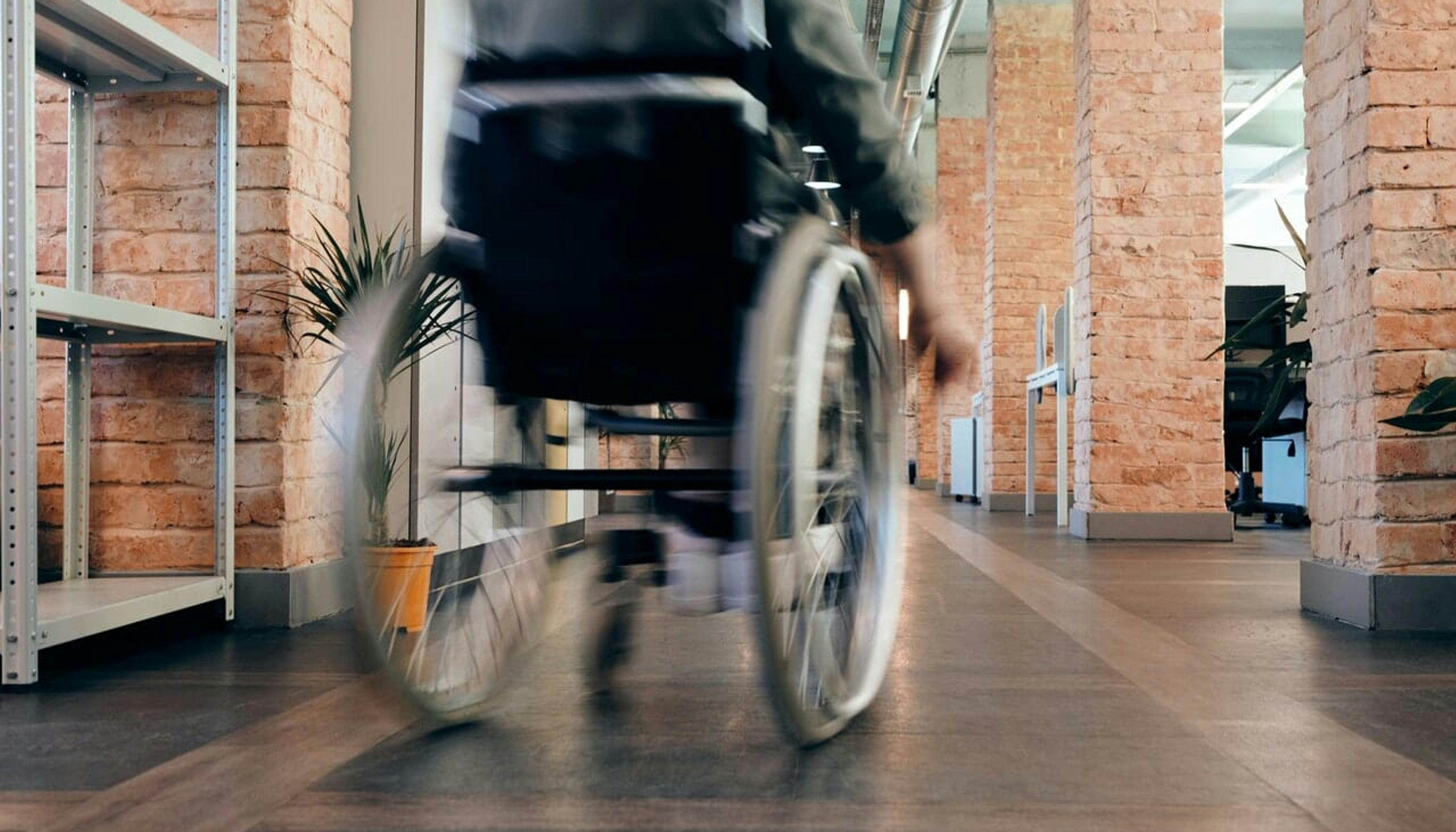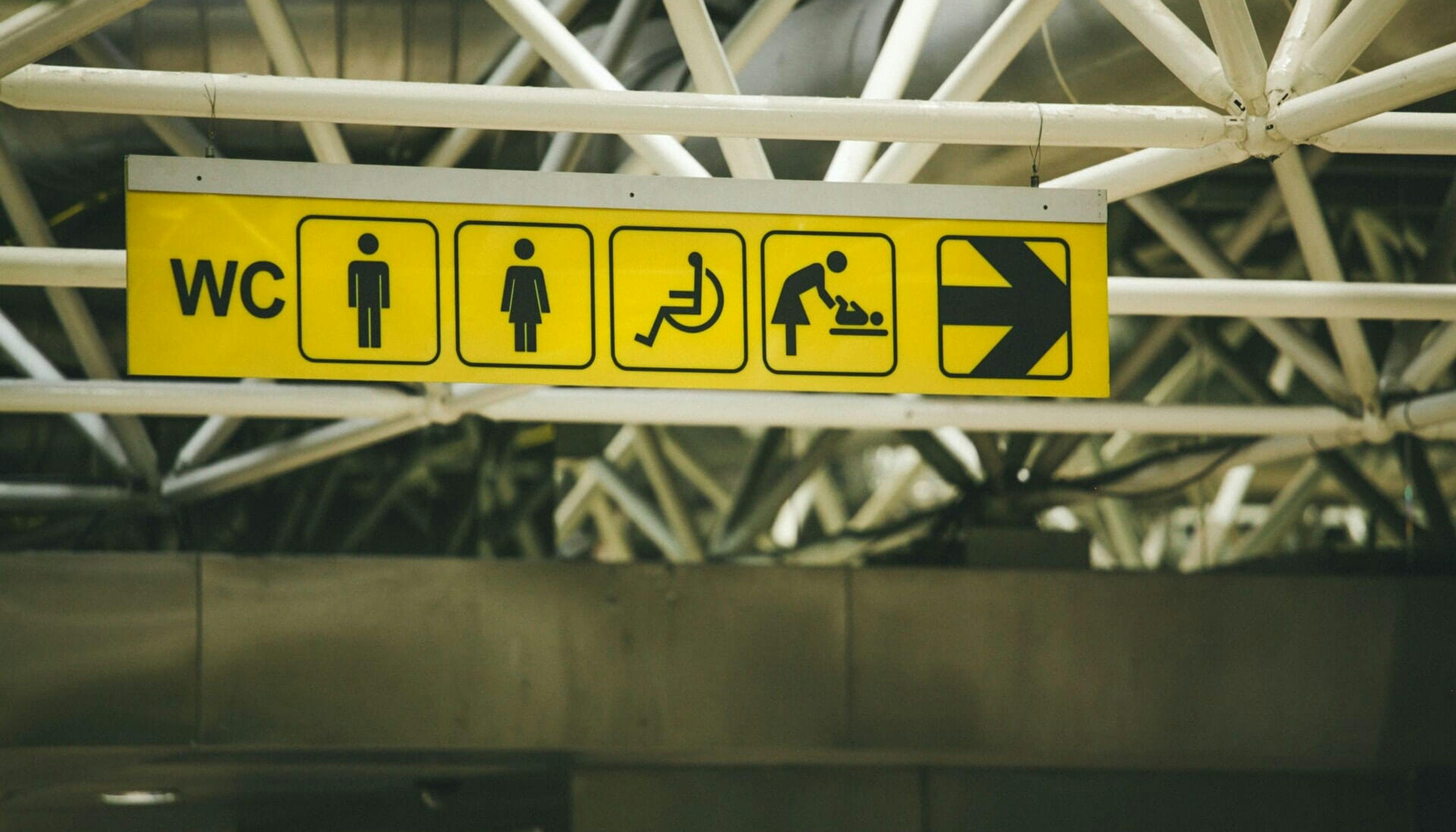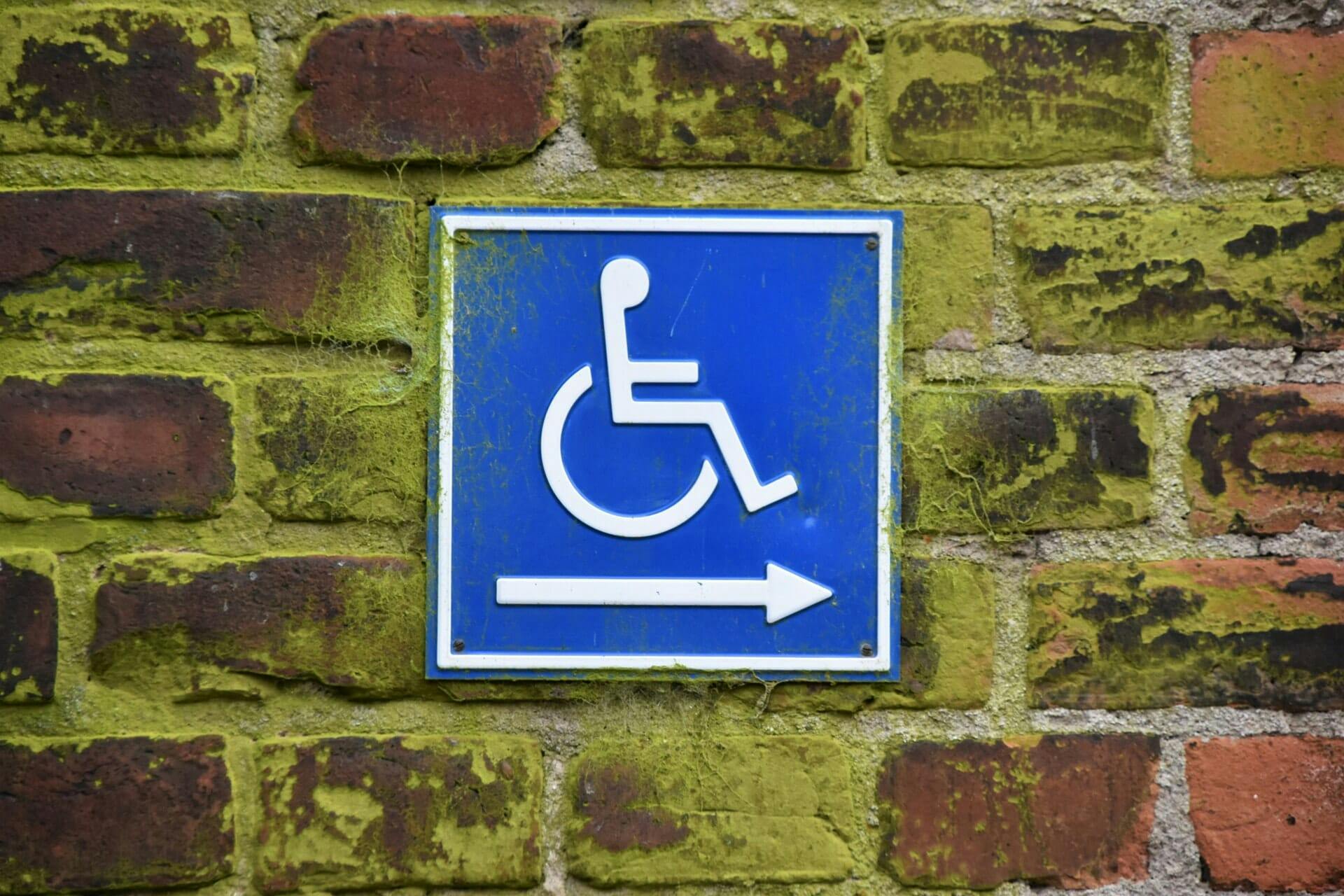When it comes to providing commercial washroom facilities, it’s imperative that they cater to all those who may need to use them. Specifically, this includes people who are disabled, who may require adaptations that are very different from that of the average toilet block, in terms of size and overall design.
Accessible toilets are used in a variety of public locations such as hospitals, schools and public transport hubs.
If you’re looking to make your building more accessible, this is to be applauded as it will mean disabled people will be catered for as they should be when on your property. Here is everything you need to know about accessible toilets to tell you more.

Disabled Vs Accessible Toilet
Two terms you may have come across are disabled toilets and accessible toilets, so which one is correct, and what does it mean? First of all, the term ‘disabled toilets’ is a colloquial term that people may use, but it isn’t the official term - accessible toilets is. That’s because, if the toilet isn’t accessible, then it’s not suitable for a disabled person to use.
The accessibility part starts with the user’s journey to reach the area where the toilet is based. For example, a wheelchair user cannot travel upstairs (without special equipment or a lift) or navigate certain floor textures very easily with their wheels. Uneven floors and narrow corridors are also out of the question, as such features wouldn't be classed as accessible.
Once the individual does reach the toilet, they need to be able to complete every action with ease, without it being a risk to their safety. This includes things such as installing extra grab rails, as well as an emergency pull switch that is within reach - even in the event that they ended up on the floor.
It’s also good to remember that disabilities span many different aspects. For example, some are also visually impaired or may be prone to seizures. So, the more inclusive the design of the toilet is the better. As well as maintaining safety, dignity should be at the heart of every design decision too.
Do Businesses Legally Have To Provide A Disabled Toilet?
This is a bit of a grey area, as under the disability discrimination act, a business has to adapt their premises in a way that is reasonable, compared to its resources (i.e, the size of the building and the type of business they are). While all businesses should endeavour to factor in accessibility within the design of the building, sometimes this isn’t always possible, especially in older buildings where the space doesn’t allow for complex changes.
Of course, a lack of facilities can be very frustrating for disabled users, especially given going to the toilet is a human necessity and not a luxury. So, any businesses who do factor in the needs of disabled people by installing accessible toilets will be helping to do their bit for society.
It’s also helpful if businesses state whether their building is accessible or not to visitors on their website, social media and via stickers on the entranceway. That way, disabled visitors won’t be left in an awkward situation should they need the toilet. Disabled people may also be more likely to visit you if facilities are in place too.

Accessible Toilet Installation UK
Interested in making your business more accessible to your visitors? Inspired washrooms install across the UK. We cover a range of different installation types so whether you need a full installation or just a disabled toilet design service.
Not only do we install accessible toilets to the correct specifications for the safety and wellbeing of disabled users, but we can customise the colours and design to suit your building. With 15 years of commercial washroom experience, we’re ready and waiting to help you with your project!
Please get in touch and we’d be more than happy to assist you.

